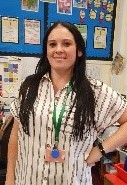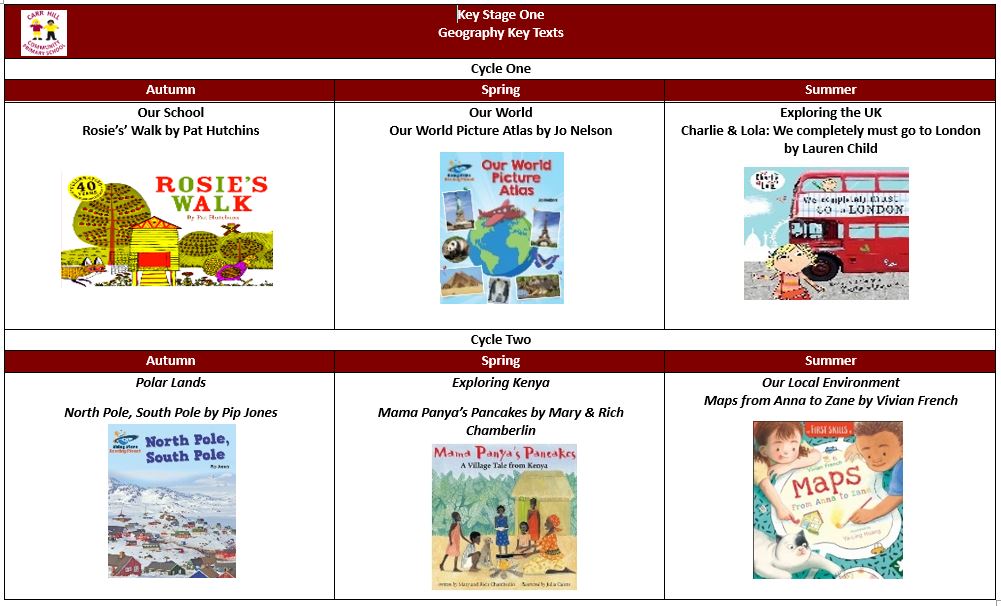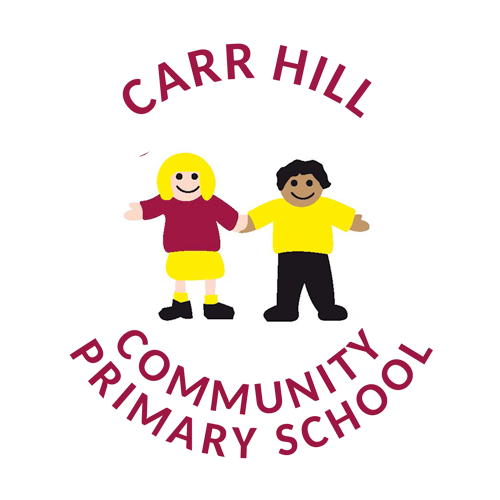
Mrs Christie leads the teaching of Geography in School.
Our Intent for Geography
Our Geography curriculum follows the outcomes of DFE’s National Curriculum (2014) in England and the understanding the world section of the ‘Statutory Framework for the Early Years Foundation Stage (2014). Our curriculum aims to develop;
- children’s locational knowledge.
- children’s understanding of human and physical geographical features of the world.
- children’s geographical skills such as; mapping skills.
- children’s ability to interpret geographical information.
- children’s experiences of fieldwork.
Our Implementation for Geography
Geography is taught through our creative curriculum which is topic led. Geography is embedded within all our topics however some may specifically have Geography as their unit driver. Topics are started with a ‘Wow’ activity to grip the children’s imagination. Geography is taught in a range of ways throughout our school including; working with atlas/ globes, develop mapping skills, exploring our school/local environment and undertaking fieldwork.
We also make links to Geography through our Literacy texts, guided reading sessions and seasonal language used daily.
All children have access to technology which can be used to help develop geographical understanding such as; Beebots or by using laptops, interactive whiteboards or iPads to access apps ‘Google Maps’ and ‘Google Earth’. Children will be given opportunities to use compasses and use directional language.
We plan visits to enhance children’s learning and to give them real hands on experience. We regularly explore our outdoor areas and make good use of our fire pit area. Children in Year’s 4 and 5 also attend a residential visit once an academic year, which involves developing geographical skills such as; fieldwork, place knowledge and mapping/ orienteering skills.
The Impact of Geography
Through the teaching of Geography children will develop their locational knowledge of the United Kingdom and of countries across the world including being able to locate and name cities. Children will be able to discuss continents, oceans and climate zones. Children will use geographical vocabulary when talking about human and physical features of the world. This language will be progressive across the school. Children will have experiences of fieldwork in which they have used a range of methods such as; mapping skills, digital technologies and sketch maps. Children will be able to understand geographical differences and similarities of human and physical geography by studying a region of the United Kingdom, a European country, and North or South America.
Purpose of study
A high-quality geography education should inspire in pupils a curiosity and fascination about the world and its people that will remain with them for the rest of their lives. Teaching should equip pupils with knowledge about diverse places, people, resources and natural and human environments, together with a deep understanding of the Earth’s key physical and human processes. As pupils progress, their growing knowledge about the world should help them to deepen their understanding of the interaction between physical and human processes, and of the formation and use of landscapes and environments. Geographical knowledge, understanding and skills provide the frameworks and approaches that explain how the Earth’s features at different scales are shaped, interconnected and change over time.
Aims
The national curriculum for geography aims to ensure that all pupils:
- develop contextual knowledge of the location of globally significant places – both terrestrial and marine – including their defining physical and human characteristics and how these provide a geographical context for understanding the actions of processes
- understand the processes that give rise to key physical and human geographical features of the world, how these are interdependent and how they bring about spatial variation and change over time
- are competent in the geographical skills needed to:
- collect, analyse and communicate with a range of data gathered through experiences of fieldwork that deepen their understanding of geographical processes
- interpret a range of sources of geographical information, including maps, diagrams, globes, aerial photographs and Geographical Information Systems (GIS)
- communicate geographical information in a variety of ways, including through maps, numerical and quantitative skills and writing at length.
Key stage 1
Pupils should develop knowledge about the world, the United Kingdom and their locality. They should understand basic subject-specific vocabulary relating to human and physical geography and begin to use geographical skills, including first-hand observation, to enhance their locational awareness.
Pupils should be taught to:
Locational knowledge
- name and locate the world’s seven continents and five oceans
- name, locate and identify characteristics of the four countries and capital cities of the United Kingdom and its surrounding seas
Place knowledge
- understand geographical similarities and differences through studying the human and physical geography of a small area of the United Kingdom, and of a small area in a contrasting non-European country
Human and physical geography
- identify seasonal and daily weather patterns in the United Kingdom and the location of hot and cold areas of the world in relation to the Equator and the North and South Poles
- use basic geographical vocabulary to refer to:
- key physical features, including: beach, cliff, coast, forest, hill, mountain, sea, ocean, river, soil, valley, vegetation, season and weather
- key human features, including: city, town, village, factory, farm, house, office, port, harbour and shop
Geographical skills and fieldwork
- use world maps, atlases and globes to identify the United Kingdom and its countries, as well as the countries, continents and oceans studied at this key stage
- use simple compass directions (North, South, East and West) and locational and directional language [for example, near and far; left and right], to describe the location of features and routes on a map
- use aerial photographs and plan perspectives to recognise landmarks and basic human and physical features; devise a simple map; and use and construct basic symbols in a key
- use simple fieldwork and observational skills to study the geography of their school and its grounds and the key human and physical features of its surrounding environment.
Key Stage 2
Pupils should extend their knowledge and understanding beyond the local area to include the United Kingdom and Europe, North and South America. This will include the location and characteristics of a range of the world’s most significant human and physical features. They should develop their use of geographical knowledge, understanding and skills to enhance their locational and place knowledge.
Pupils should be taught to:
Locational knowledge
- locate the world’s countries, using maps to focus on Europe (including the location of Russia) and North and South America, concentrating on their environmental regions, key physical and human characteristics, countries, and major cities
- name and locate counties and cities of the United Kingdom, geographical regions and their identifying human and physical characteristics, key topographical features (including hills, mountains, coasts and rivers), and land-use patterns; and understand how some of these aspects have changed over time
- identify the position and significance of latitude, longitude, Equator, Northern Hemisphere, Southern Hemisphere, the Tropics of Cancer and Capricorn, Arctic and Antarctic Circle, the Prime/Greenwich Meridian and time zones (including day and night)
Place knowledge
- understand geographical similarities and differences through the study of human and physical geography of a region of the United Kingdom, a region in a European country, and a region within North or South America
Human and physical geography
- describe and understand key aspects of:
- physical geography, including: climate zones, biomes and vegetation belts, rivers, mountains, volcanoes and earthquakes, and the water cycle
- human geography, including: types of settlement and land use, economic activity including trade links, and the distribution of natural resources including energy, food, minerals and water
Geographical skills and fieldwork
- use maps, atlases, globes and digital/computer mapping to locate countries and describe features studied
- use the eight points of a compass, four and six-figure grid references, symbols and key (including the use of Ordnance Survey maps) to build their knowledge of the United Kingdom and the wider world
- use fieldwork to observe, measure, record and present the human and physical features in the local area using a range of methods, including sketch maps, plans and graphs, and digital technologies.
Progression Steps
Below are links to Carr Hill’s knowledge progression steps for each year group:
Year-1-Geography-Progression-Steps
Year-2-Geography-Progression-Steps
Year-3-Geography-Progression-Steps
Year-4-Geography-Progression-Steps
Planning
Long Term Plan
Medium Term Mapping
Nursery
Reception
Key Stage One
Key Stage One Geography Key Texts

Lower Key Stage Two
Upper Key Stage Two
